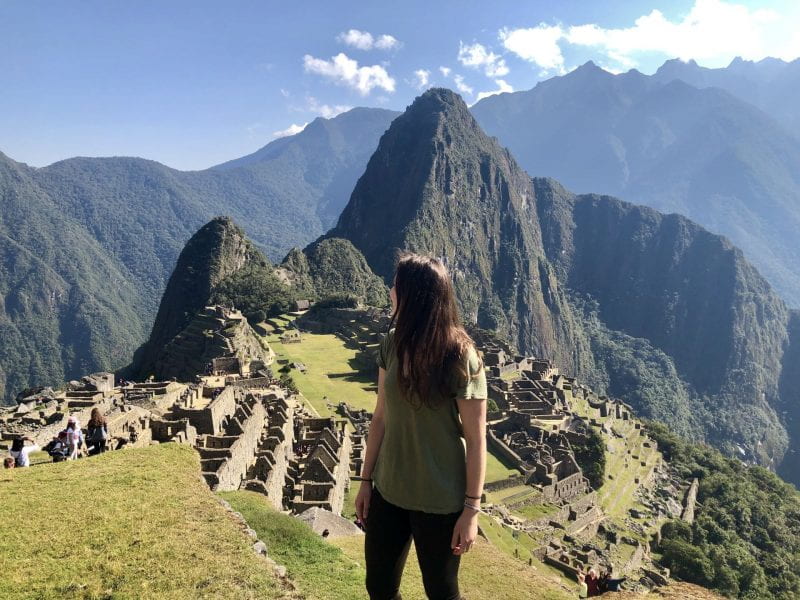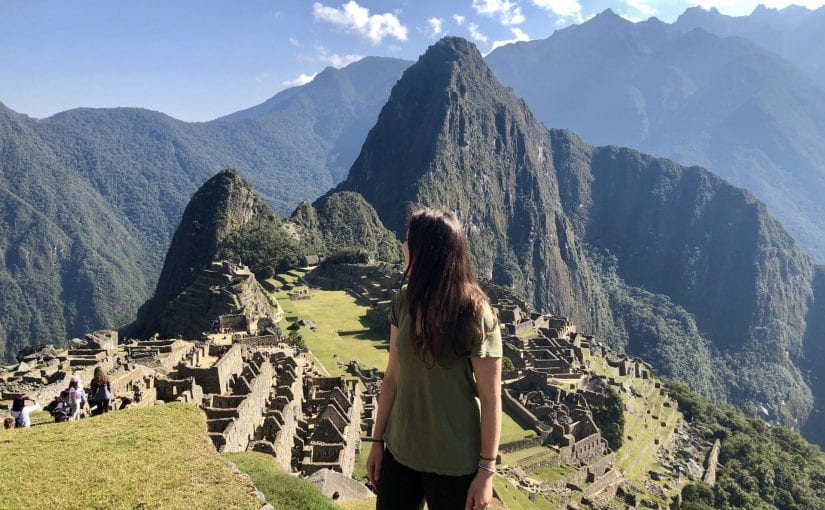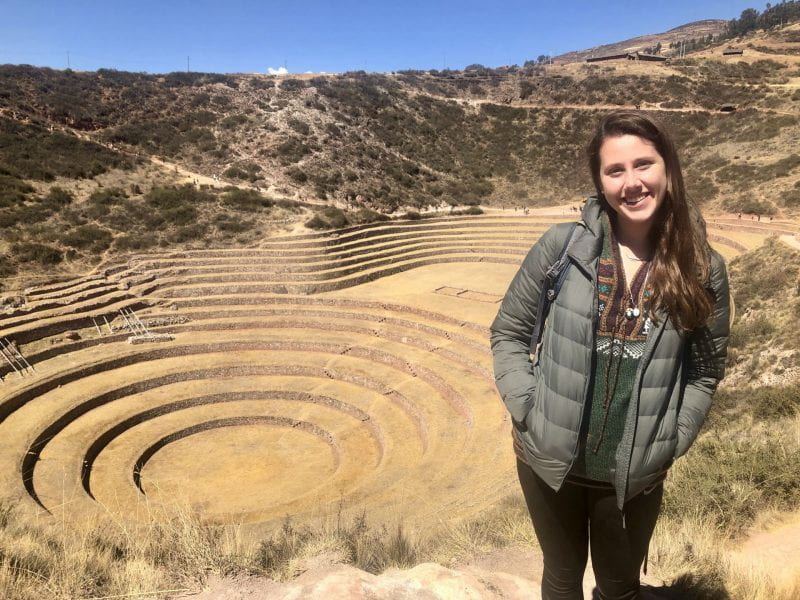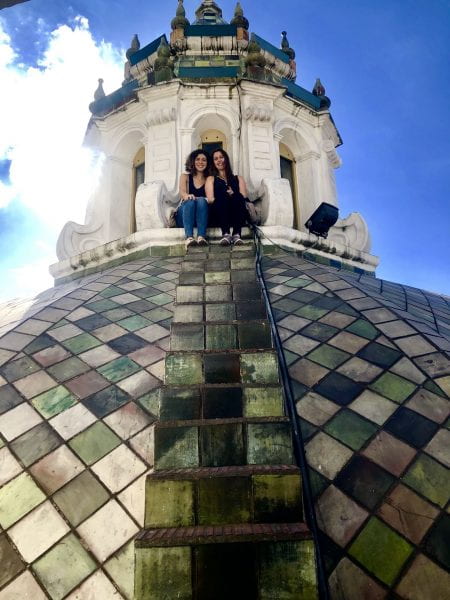By Jessi Jacobowitz
This past summer I traveled to South America to study some of the most incredible World Heritage Sites, and to learn about the natural and cultural properties that make a place worthy of being preserved. Over the past six weeks, I’ve backpacked through Colombia, Ecuador, and Peru, and I’ve visited eight World Heritage Sites across these three countries.
I began in Colombia, where I saw the port and fortresses of Cartagena, the mountainous Coffee Cultural Landscape of Minca, and the diverse neighborhoods of Medellín. Colombia has recently made a lot of progress in becoming more accessible to travelers, and it is incredible to see all it has to offer just by bussing between cities.
From Colombia, I flew to Ecuador where I visited the city of Quito, the water-filled caldera of Quilotoa, the Cotopaxi stratovolcano, the rivers and waterfalls of Baños de Agua Santa, and the Historic Centre of Santa Ana de los Ríos de Cuenca. Ecuador is a very small country, but it is easy to stay active through its jungle and volcanic landscape.
Halfway through my trip I made my way to Peru, where I saw Huascarán National Park, the City of Cusco, the Qhapac Ñan Andean Road System, and the Historic Sanctuary of Machu Picchu. Peru is covered in panoramic views and layers of indigenous and colonial architecture. The country is nothing short of amazing, and it is interesting to see its history reflected in modern day.

Much of this trip has included seeing a combination of the natural and built environments. I’ve noticed that for the people of South America, that protecting their natural landscapes is as important as protecting their historic buildings. There are many management plans and tourism procedures in place that strive to keep these World Heritage Sites intact.
In some sites that have fallen into decay, like the Moray archaeological site in the Sacred Valley of Peru, preservationists have decided to rebuild some of the high plateaus in order to restore the idea of Incan architecture and farming. In cases like this, it is more sensible to preserve the concept of indigenous culture, than to preserve the original infrastructure itself.
Many Colombians, Ecuadorians, and Peruvians alike feel very connected to their history and their indigenous roots, perhaps it is because their countries go to great lengths to protect and keep their natural and cultural sites alive. When designing new buildings or working on place-making, it is important not only to respect the existing natural and cultural landscape, but also to engage with it.
Trekking through South America has been one of the best times of my life, and it will live on in my mind as a beautiful memory. I would like to use this trip as a stepping stone for my professional endeavors in the architecture field. I am so grateful for the Chase L. Leavitt traveling fellowship, and for the Leavitt family’s generous contribution to my personal and professional development.



